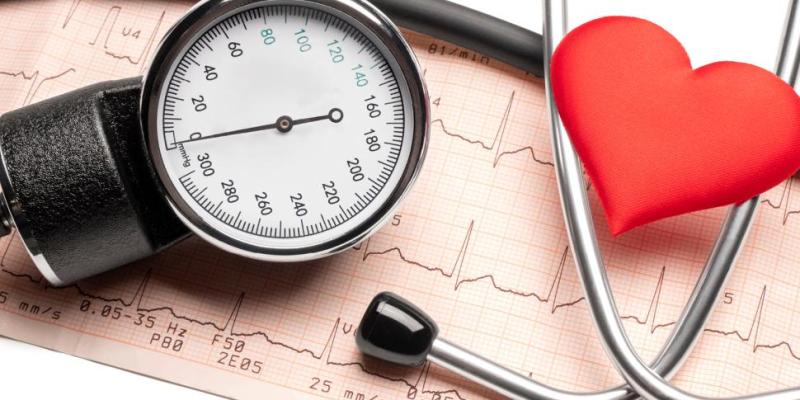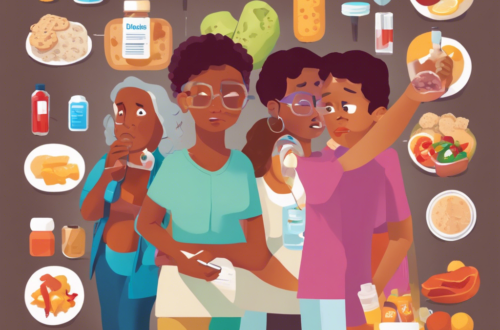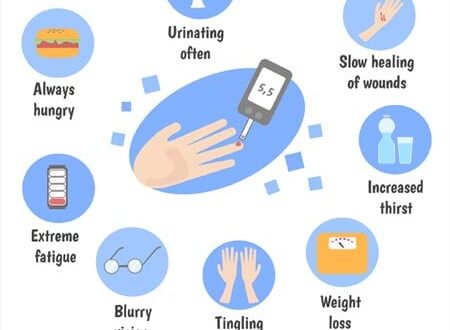Understanding Diabetes and High Blood Pressure
Overview of Diabetes and High Blood Pressure
When it comes to health, understanding the relationship between diabetes and high blood pressure is crucial. Diabetes is a condition that affects how your body uses glucose, leading to high blood sugar levels. On the other hand, high blood pressure, or hypertension, can significantly increase the risk of heart disease and stroke. Both conditions require careful management and monitoring to prevent complications and maintain overall health.Connection between Diabetes and High Blood Pressure
The connection between diabetes and high blood pressure lies in the impact these conditions have on the cardiovascular system. Individuals with diabetes are more likely to develop high blood pressure due to the effects of insulin resistance on blood vessel function. Managing both conditions through lifestyle changes, medication, and regular check-ups is vital to reduce the risk of associated complications.Risks and Complications
Risk factors associated with Diabetes and High Blood Pressure
When it comes to diabetes and high blood pressure, individuals face several risk factors. Factors such as genetics, poor diet, lack of physical activity, and obesity can contribute to the development and exacerbation of both conditions. Understanding these risk factors is crucial in preventing the onset of diabetes and high blood pressure.Complications of coexisting Diabetes and High Blood Pressure
The coexistence of diabetes and high blood pressure poses significant risks for individuals. Complications include an increased likelihood of heart disease, stroke, kidney disease, vision problems, and nerve damage. Managing both conditions through lifestyle modifications, medication adherence, and regular medical consultations can help reduce the risks of these severe complications.
Managing Diabetes and High Blood Pressure
Lifestyle changes for managing Diabetes and High Blood Pressure
When dealing with diabetes and high blood pressure, individuals can take steps to manage both conditions effectively. Incorporating healthy lifestyle changes such as adopting a balanced diet, engaging in regular physical activity, maintaining a healthy weight, and avoiding smoking can help improve overall health outcomes.Medication options and treatment strategies
In addition to lifestyle adjustments, individuals with diabetes and high blood pressure may require medication to control their conditions. Treatment strategies often involve a combination of medications such as antihypertensives and antidiabetic drugs. Adhering to medication regimens as prescribed by healthcare providers is essential in managing these conditions and reducing the risk of complications.
Diet and Nutrition
Importance of balanced diet for managing Diabetes and High Blood Pressure
When managing diabetes and high blood pressure, it’s crucial for individuals to prioritize a balanced diet. Consuming nutrient-dense foods rich in vitamins, minerals, and fiber can support overall health and help regulate blood sugar and blood pressure levels. By focusing on whole foods such as fruits, vegetables, lean proteins, whole grains, and healthy fats, individuals can better manage their conditions and improve their well-being.Recommended foods and nutrients for controlling both conditions
Including foods like leafy greens, berries, fish, nuts, seeds, and legumes in your diet can provide essential nutrients that benefit both diabetes and high blood pressure management. Opting for low-sodium options, reducing sugar intake, and staying hydrated are also key factors in supporting these conditions. Pairing a balanced diet with regular physical activity can further enhance the effectiveness of managing diabetes and high blood pressure.
Exercise and Physical Activity
Benefits of regular exercise on Diabetes and High Blood Pressure
When managing diabetes and high blood pressure, incorporating regular exercise into one’s routine is highly beneficial. Physical activity helps improve insulin sensitivity, regulate blood sugar levels, and lower blood pressure. Engaging in exercises like cardiovascular activities, strength training, and flexibility exercises can enhance overall health and well-being for individuals dealing with these conditions.Safe and effective exercise routines
For individuals with diabetes and high blood pressure, it is essential to consult with healthcare professionals before starting any exercise routine. Opting for low-impact activities like walking, swimming, or cycling can be safe and effective. Gradually increasing intensity and duration while monitoring blood sugar levels and blood pressure is key to ensuring a safe and successful exercise regimen.
Facebook
Twitter
LinkedIn






